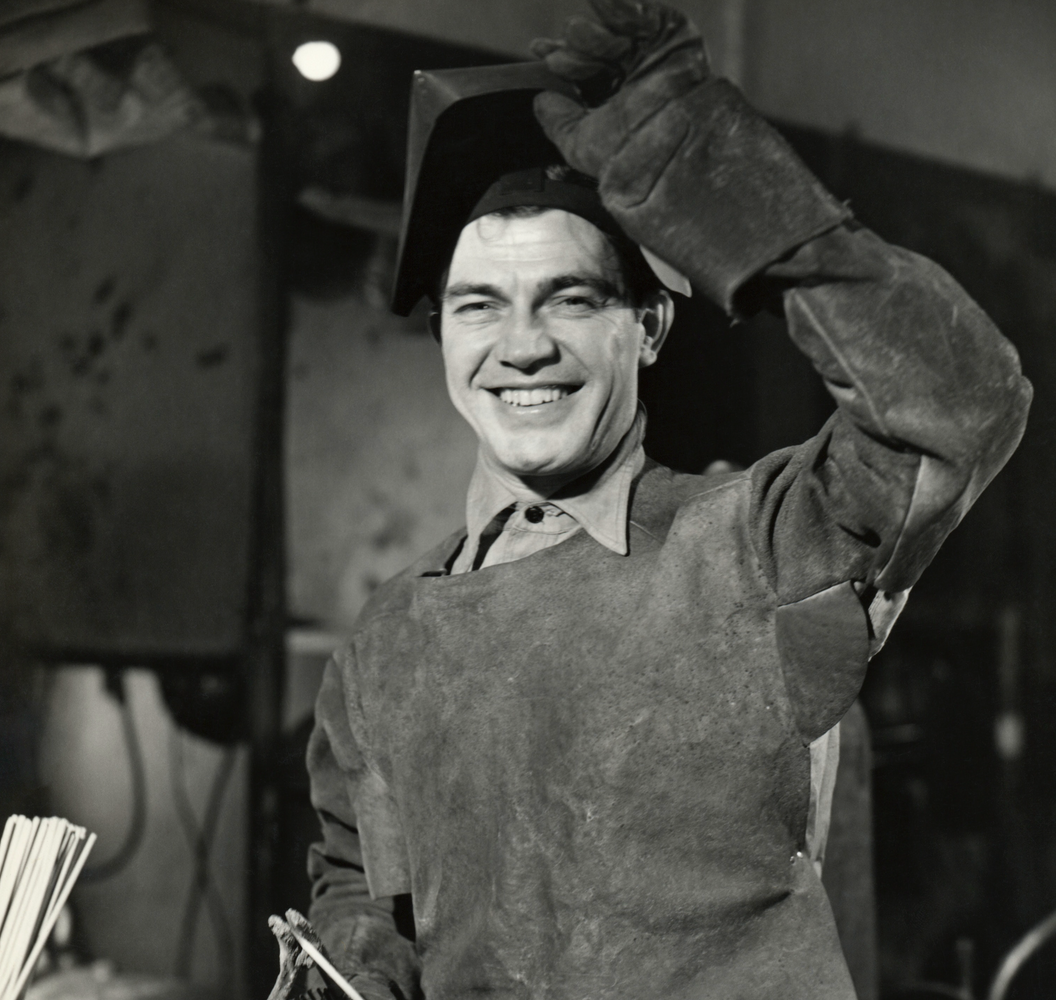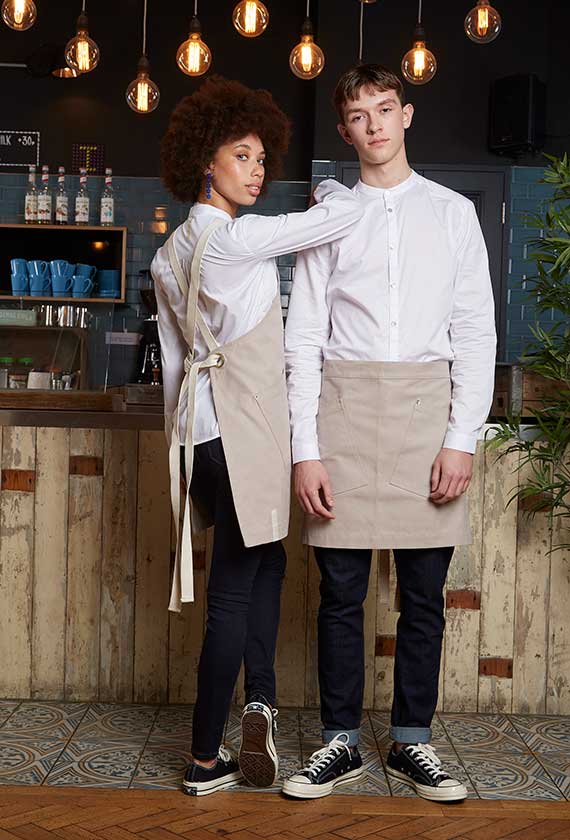History of Workwear.

The history of workwear its history from the fields and factories to high fashion.
We're fascinated by the history of workwear, the evolution of the clothes we wear to perform our daily tasks. From the fields and factories to fashion runways, workwear has gone through a transformation, both in terms of style and function.
When you think of workwear, the first thing that comes to mind maybe blue jeans, overalls, and work boots. But workwear has come a long way since the days of the industrial revolution. It all started with the need for practical clothing that could withstand the rigours of manual labour.
In the early 19th century, workwear was simple and functional. Workers wore heavy, durable fabrics like cotton and wool that could protect them from the elements and withstand the wear and tear of manual labor. Clothing was often made at home or by local tailors, and there was little emphasis on style or fashion.
As industrialisation took hold in the mid-19th century, workwear began to change. Mass production and new manufacturing techniques made it easier and cheaper to produce clothing on a large scale. This led to the rise of factories, and with it, the need for standardised workwear.
During this time, workwear was still primarily functional, but it began to take on a more uniform appearance. Workers wore matching outfits, often made from denim or canvas, that identified them as part of a specific trade or profession. This is where we see the beginnings of the iconic blue jean and work boot combination that has become synonymous with workwear.
As the 20th century dawned, workwear continued to evolve. The introduction of synthetic materials like polyester and nylon, as well as new manufacturing techniques, made it possible to create clothing that was both functional and stylish. Workwear began to take on a new role as a fashion statement, and designers started to incorporate workwear elements into their collections.
One of the most iconic examples of workwear in fashion is the denim jacket. Originally worn by cowboys and miners in the US, the denim jacket became a symbol of rebellion in the 1950s and 60s. It was adopted by rockers and counter-culture icons like James Dean and Bob Dylan, and has remained a staple of fashion ever since.
In recent years, workwear has experienced a resurgence in popularity. The rise of the "heritage" trend has brought workwear back into the spotlight, with designers and retailers embracing classic workwear styles like chore coats, overalls, and boots.
Today, workwear has come full circle, with high-end fashion designers creating their own interpretations of classic workwear styles. Brands like Carhartt, once associated exclusively with blue-collar workwear, are now embraced by fashion-consumers looking for stylish and functional clothing.
The history of workwear is a fascinating journey through the evolution of clothing and its role in society. From its humble beginnings to its status as a fashion statement embraced by high-end designers and retailers, workwear has come a long way. As we continue to innovate and push the boundaries of what is possible - where workwear will go next?
We're fascinated by the history of workwear, the evolution of the clothes we wear to perform our daily tasks. From the fields and factories to fashion runways, workwear has gone through a transformation, both in terms of style and function.
When you think of workwear, the first thing that comes to mind maybe blue jeans, overalls, and work boots. But workwear has come a long way since the days of the industrial revolution. It all started with the need for practical clothing that could withstand the rigours of manual labour.
In the early 19th century, workwear was simple and functional. Workers wore heavy, durable fabrics like cotton and wool that could protect them from the elements and withstand the wear and tear of manual labor. Clothing was often made at home or by local tailors, and there was little emphasis on style or fashion.
As industrialisation took hold in the mid-19th century, workwear began to change. Mass production and new manufacturing techniques made it easier and cheaper to produce clothing on a large scale. This led to the rise of factories, and with it, the need for standardised workwear.
During this time, workwear was still primarily functional, but it began to take on a more uniform appearance. Workers wore matching outfits, often made from denim or canvas, that identified them as part of a specific trade or profession. This is where we see the beginnings of the iconic blue jean and work boot combination that has become synonymous with workwear.
As the 20th century dawned, workwear continued to evolve. The introduction of synthetic materials like polyester and nylon, as well as new manufacturing techniques, made it possible to create clothing that was both functional and stylish. Workwear began to take on a new role as a fashion statement, and designers started to incorporate workwear elements into their collections.
One of the most iconic examples of workwear in fashion is the denim jacket. Originally worn by cowboys and miners in the US, the denim jacket became a symbol of rebellion in the 1950s and 60s. It was adopted by rockers and counter-culture icons like James Dean and Bob Dylan, and has remained a staple of fashion ever since.
In recent years, workwear has experienced a resurgence in popularity. The rise of the "heritage" trend has brought workwear back into the spotlight, with designers and retailers embracing classic workwear styles like chore coats, overalls, and boots.
Today, workwear has come full circle, with high-end fashion designers creating their own interpretations of classic workwear styles. Brands like Carhartt, once associated exclusively with blue-collar workwear, are now embraced by fashion-consumers looking for stylish and functional clothing.
The history of workwear is a fascinating journey through the evolution of clothing and its role in society. From its humble beginnings to its status as a fashion statement embraced by high-end designers and retailers, workwear has come a long way. As we continue to innovate and push the boundaries of what is possible - where workwear will go next?

